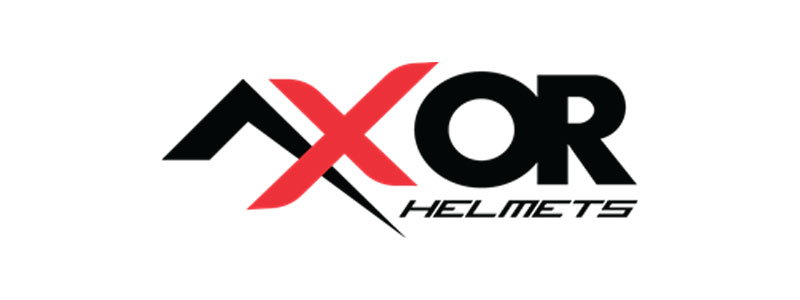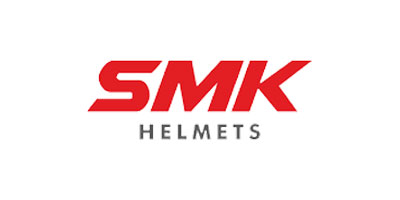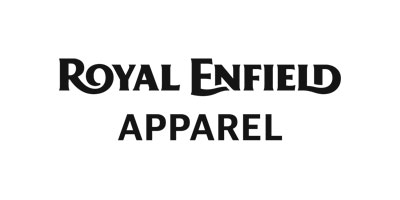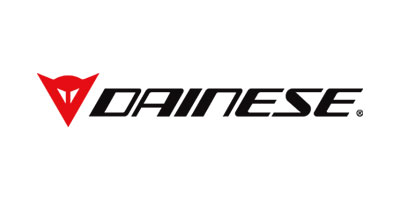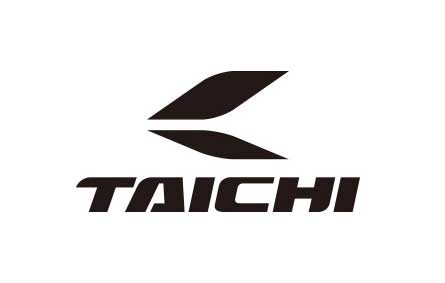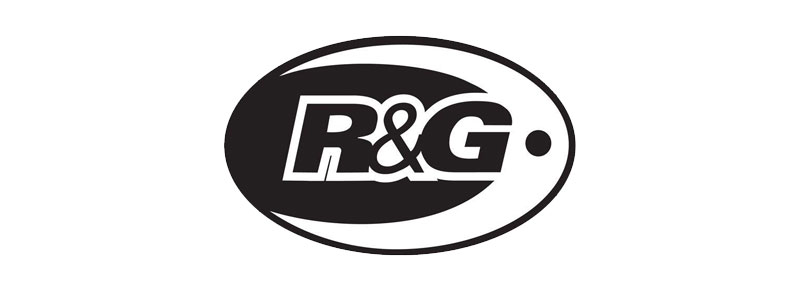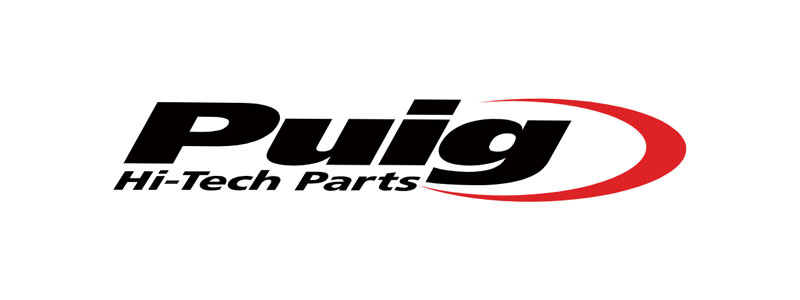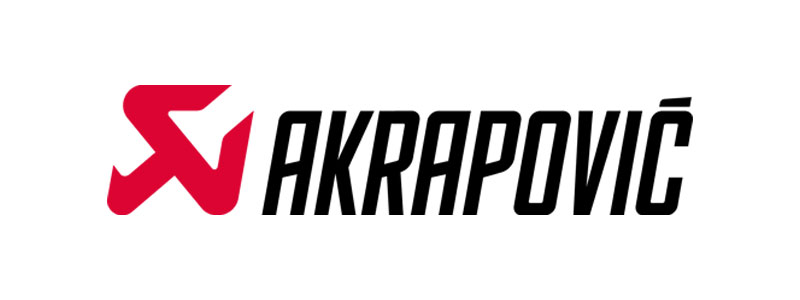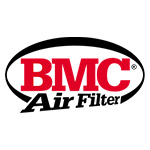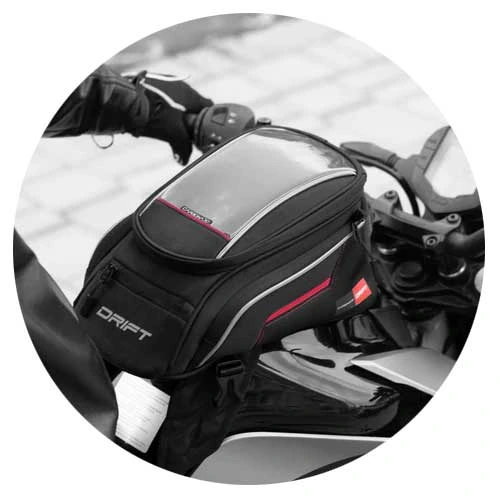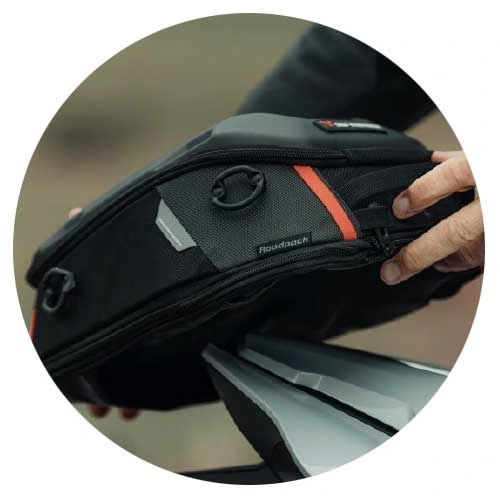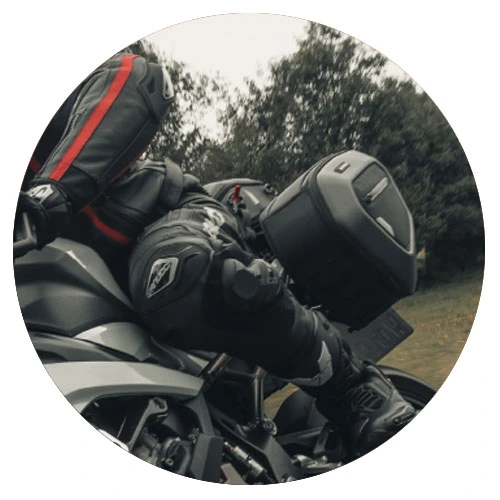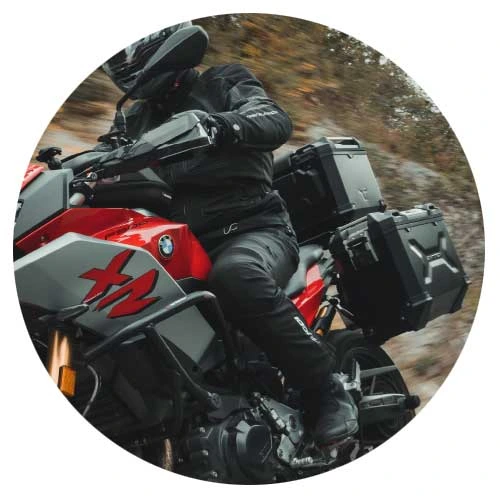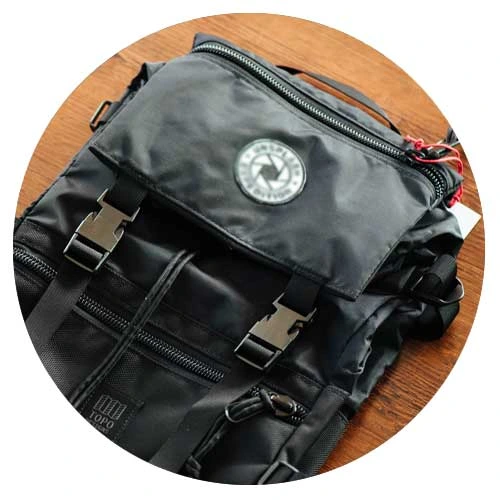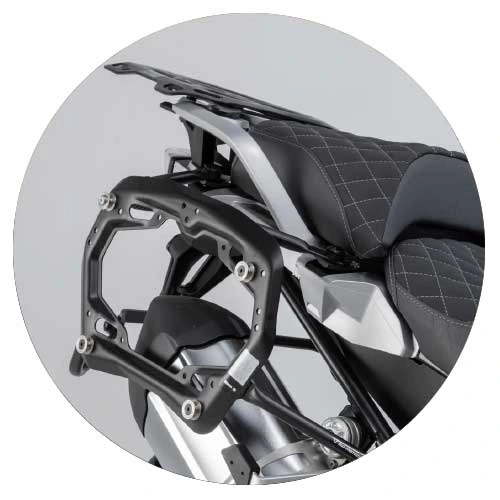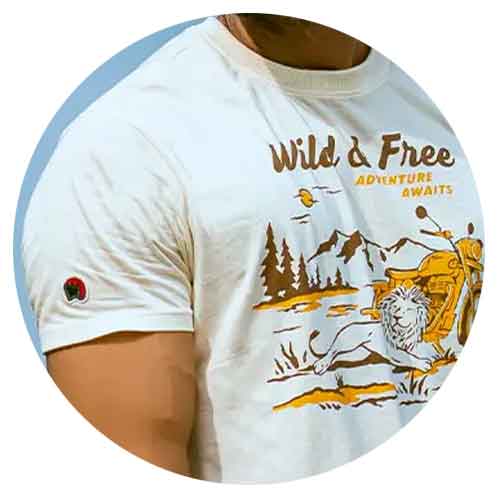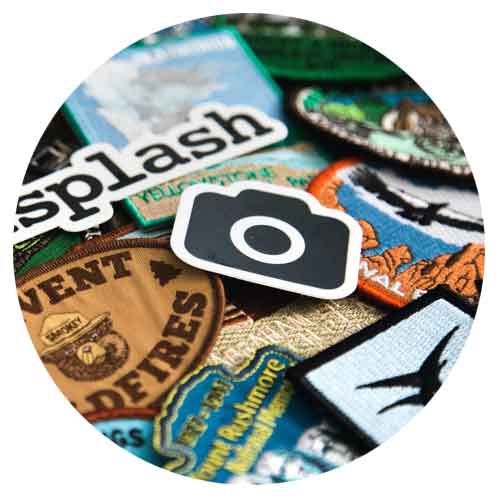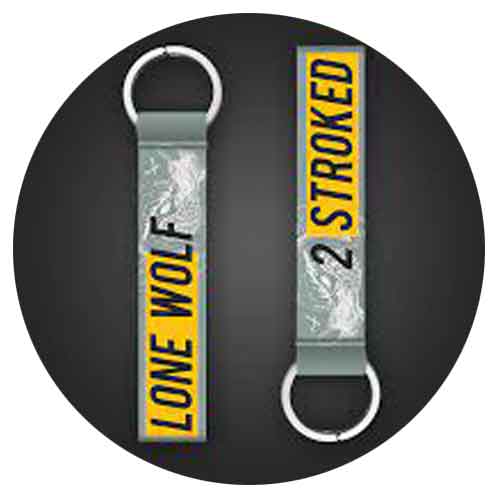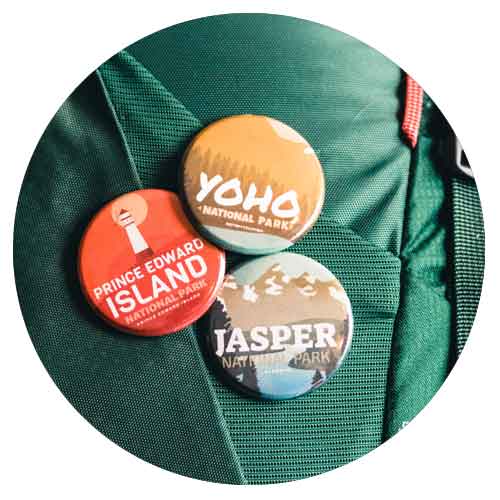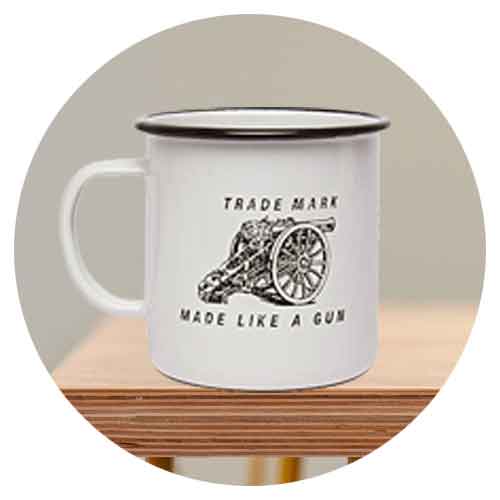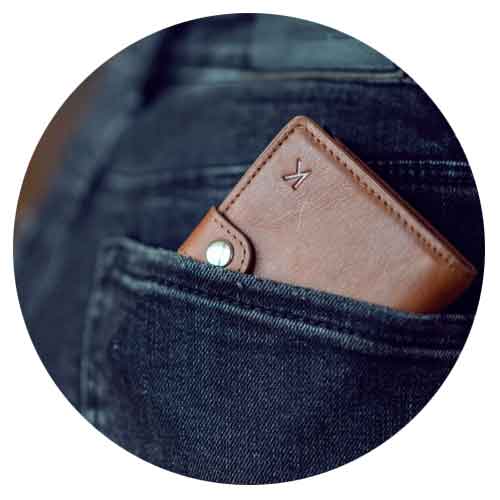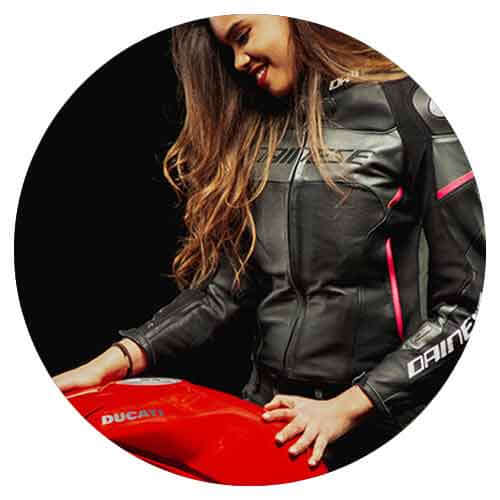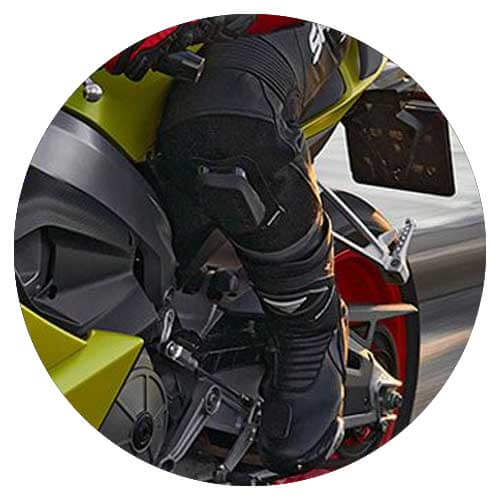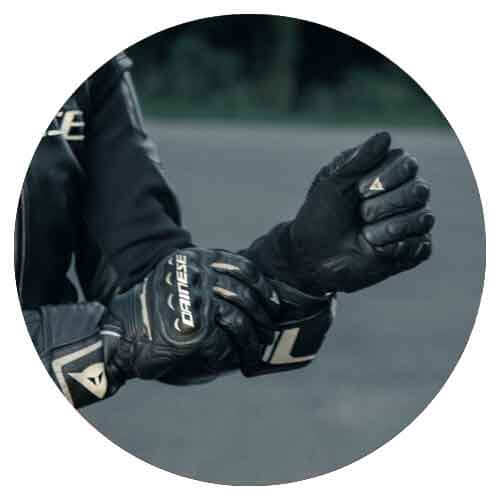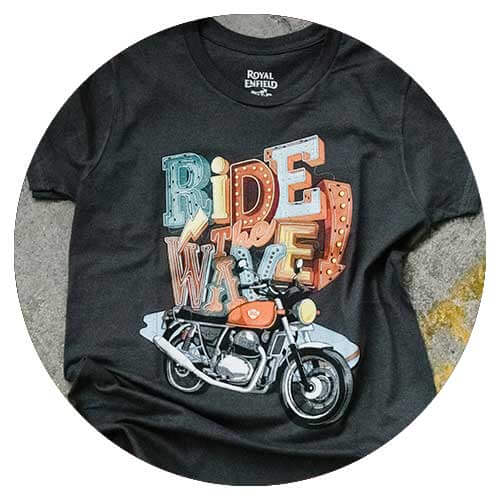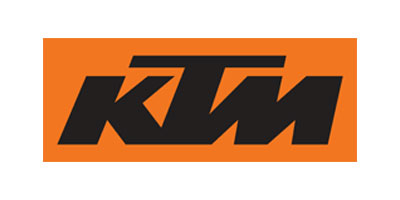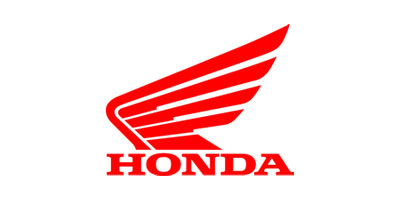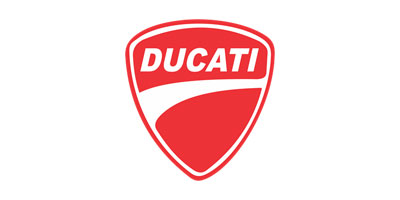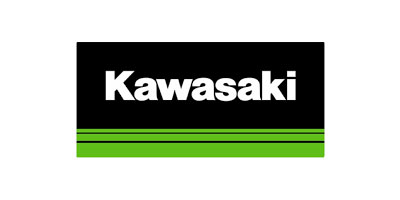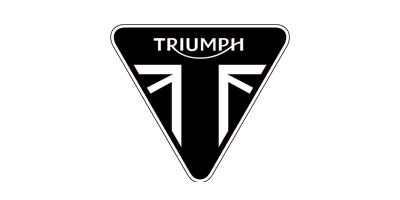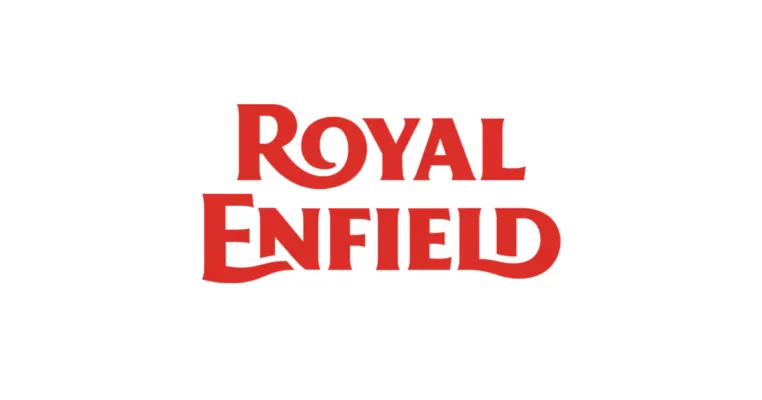Does motorcycle gear have expiration dates?

Investing in high-quality motorcycle gear can undoubtedly burn a significant hole in your pocket. Nonetheless, it is an indispensable investment for any rider who values safety and protection on the road. Your gear acts as a crucial barrier between you and the harsh elements of nature while ensuring optimal comfort throughout your ride. However, there seems to be some misinformation circulating among riders regarding the lifespan of their protective equipment. Many believe that their riding gear has an expiration date set at five years from purchase, after which it becomes useless or ineffective – but is this really true? It’s understandable why some people may view motorcycle gear as being similar to perishable goods like milk that have specific expiry dates beyond which they are no longer fit for use. In this article, we debunk common myths surrounding the supposed shelf-life of motorcycle gear.
‘Lifespan,’ we get 80 years, the mayfly gets a day and clams get a few hundred decades but what about motorcycle gear? Could it be as simple as saying 5 years? Surely not, right? Is this just commercial advice or is it genuine safety considerations? Well, it’s a bit of both. Let’s look at the lifespan of different elements of your riding gear and shed light on our recommendations.
Helmets

Shoei, MT, and AGV helmets have manufacturing dates on the inner liner of the helmet. All 5 manufacturers suggest that their helmets have an optimal lifespan of between 4 to 5 years since manufactured. According to our experienced riders, these periods seem a little too generalised for everyone, especially since the lifespan of a helmet primarily depends on the user. So let’s take age with a pinch of salt.

The best way to deem a helmet’s safety is by physically inspecting the helmet. First take a look at the shell. Every nick and scratch constitutes a fatal blow is a complete myth. Minor surface scratches have no appreciable effect on the shell’s ability to disperse an impact. It’s only significant cracks and chips that reveal the underlayers of the helmet that are telltales that you need a new helmet.
What’s more concerning is when a helmet gets impacted with weight inside of it. Once the EPS foam gets compressed it significantly loses its impact absorbing qualities. This draw our attention to our common habit of resting our helmets on our bike mirror when stationary. This one habit can seemingly cause compression in the EPS. Additionally, riders that wear makeup, hair spray and gels wear liners quicker due to chemical transfer. Also people that swear more, tend to wear them quicker due to moisture. The solution? Wear a balaclava, this elastic cloth wraps around your head and absorbs sweat and apparently reduces your chances of hairloss.
So you’re probably thinking that, if you wear a balaclava, avoid resting your helmet on my mirror then your helmet is immortal. Well, no. New helmets are filled with oils and resins that make them spongy but with exposure these oils evaporate. So, irrespective of your liner and EPS, your helmet will crumble into retirement. The approximation that our riders go by is, 8 years from the manufacturing date (since this deterioration is slower in the box), 5 years after using it or 70,000kms, whichever comes first.
Gloves

Unlike your helmet, you are constantly in contact with gloves resulting in much quicker wear. If you’ve owned a pair for long enough in the past then you know that the palms and the fingertips get much thinner over time. Generally our experienced riders suggest that 20,000kms of use is around the time you should change your gloves.
Jackets and pants
You’ve very unlikely to wear through the material quickly unless you crash. Rather we suggest that you inspect specific areas.
Armour
The armour absorbs impact and disperses it, so it has to be flexible and soft. Any cracking or brittle armour is a telltale that it has reached its life. Regular foam armour typically has a life of 50,000kms since the foam gets folds and creases from frequent bending. However, silicon and thermoplastic armours are much more durable in terms of lifespan and can mostly reach the 70,000kms mark as long as you don’t crash.
Fasteners and zippers
Often overlooked, these elemsta are what holds your jacket and armour together. If a zip is getting stuck then its probably time to replace it or the jacket. The fasteners are what hold the armour in place around your body, a broken and faulty fastener could mean the armour rides up in a crash potentially causing more damage. Faulty waterproofing too is a telltale of a series of issues like stress marks, faulty zippers, torn membranes and weak material.
Boots

Boots are similar to jackets and pants. They don’t wear out that easily so you want to make sure you inspect the right elements. You want to make sure the fasteners are functional, the grip is grippy and the steel toes and sliders are not worn. So theoretically, riding boots can last forever, however we suggest 7 years. Make sure you keep them clean and moisturise if they’re leather.
Approximate lifespan of your riding equipment
To help make things easier for you, we’ve put things into perspective with a table. The figures are merely suggestions from our experience and should not be taken as definite figures.
| Article | Lifespan (Years and Kilometres) |
| Helmets | 8 years (in the box)
5 years of use or 70,000kms |
| Gloves | 2 years or 20,000kms |
| Jackets and Pants |
7 years or 70,000kms |
| Armour | 4 years |
| Boots | 7 years |
Important note
To conclude, the lifespan of motorcycle gear varies depending on various factors, including the frequency of use, storage conditions when not in use, and the level of maintenance practices. While there is no specific expiration date for motorcycle gear, it is crucial for riders to inspect their gear regularly and assess its condition. Some signs that the gear may need to be replaced include visible wear and tear, such as cracks or tears in the material, broken zippers or fasteners, and foam padding that has lost its shape or thickness. The figures above are merely suggestions of what you should expect.
How to Buy Motorcycle Accessories on Custom Elements?
Are you looking to take your motorcycle riding experience up a notch? Well, look no further than Custom Elements – the online retailer that offers an impressive selection of top-quality accessories. With countless reputable brands to choose from and user-friendly search filters at your fingertips, finding the perfect product has never been easier. But what sets this platform apart is not just its extensive inventory or convenient shopping process; it’s also their willingness to offer financing options like Snapmint Easy EMI.
This means that purchasing those sought-after accessories doesn’t have to break the bank, especially when taking advantage of discounts and special promotions. In short, buying motorcycle accessories on Custom Elements isn’t merely about adding a cool new feature or gadget onto your ride – it’s about elevating every aspect of your biking journey with reliable products catered specifically towards enhancing performance and overall rider satisfaction.
